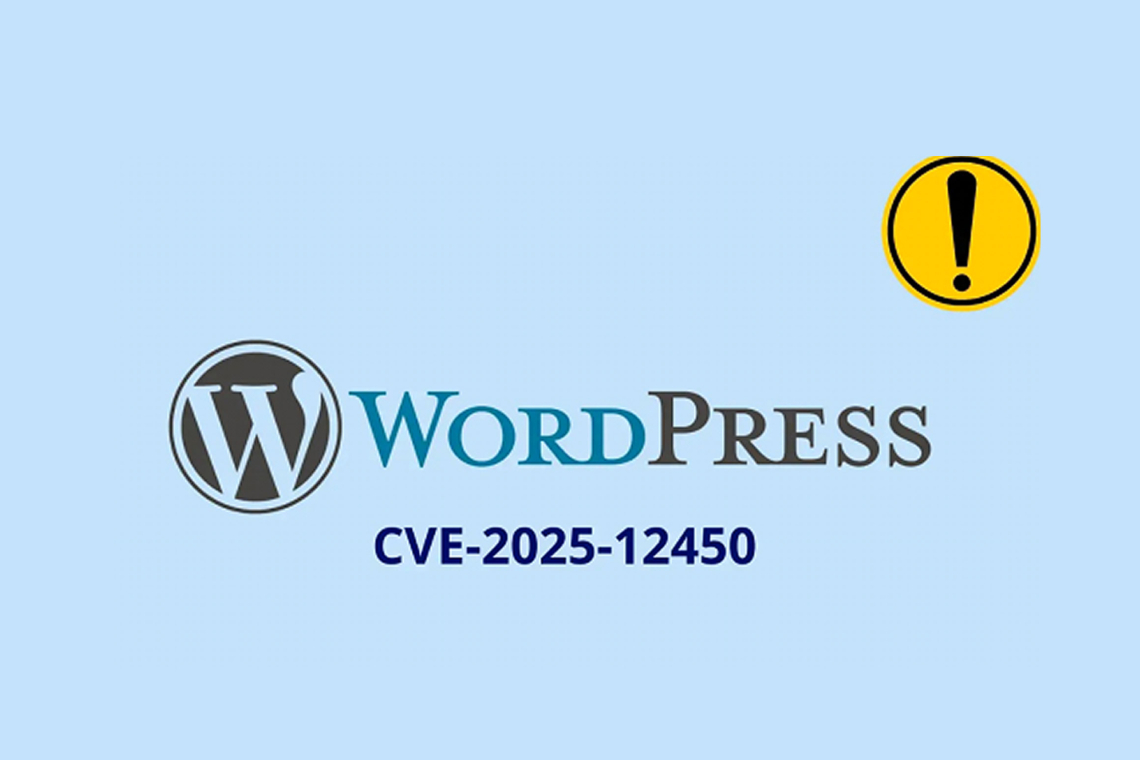A critical cross site scripting (XSS) vulnerability has been discovered in the popular LiteSpeed Cache plugin for WordPress, potentially affecting millions of websites worldwide. This flaw, tracked as CVE 2025-12450, poses a significant risk to site visitors and administrators alike.
The Flaw and Exploitation
The LiteSpeed Cache plugin is one of the most widely used performance optimization tools in the WordPress ecosystem, boasting over 7 million active installations. While it helps sites load faster by caching content, the newly discovered flaw allows attackers to inject malicious scripts into web pages.
The vulnerability stems from insufficient input sanitization and output escaping in the plugin’s URL handling. This means the plugin fails to properly clean user supplied data before displaying it on web pages.
Attackers can exploit this weakness by crafting specially designed links and tricking users into clicking them. When a user clicks a malicious link, arbitrary JavaScript code executes in their browser, potentially stealing sensitive information, session cookies, or performing unauthorized actions on their behalf.
Mitigating the Risk
The reflected XSS attack requires user interaction, making it less severe than stored XSS variants, but it is still dangerous. Attackers typically distribute these malicious links through email, social media, or compromised websites. Users who click on these links while logged into their WordPress sites become vulnerable to account hijacking or data theft.
The vulnerability, uncovered by Nicholas Giemsa of Trustwave, affects all versions of LiteSpeed Cache up to and including version 7.5.0.1. The security team has already released a patch in version 7.6, which implements proper input sanitization and output escaping mechanisms.
Although the CVSS score of 6.1 classifies the vulnerability as medium severity, the massive user base of the plugin means millions of websites could be at risk if administrators delay applying the patch. Website administrators using the LiteSpeed Cache plugin must immediately update to version 7.6 or newer through the WordPress plugin dashboard to close this security gap. They should also monitor their sites for suspicious activity and consider implementing Web Application Firewalls (WAF) for added protection against XSS attacks.
Found this article interesting? Follow us on X(Twitter) ,Threads and FaceBook to read more exclusive content we post.



